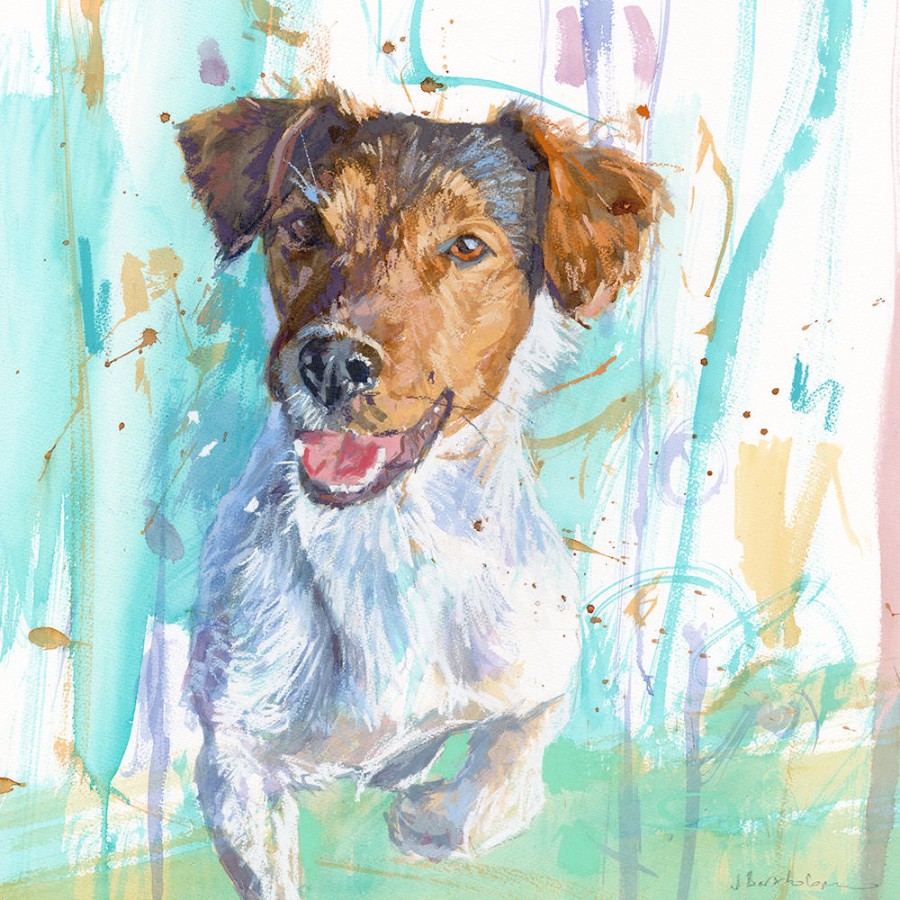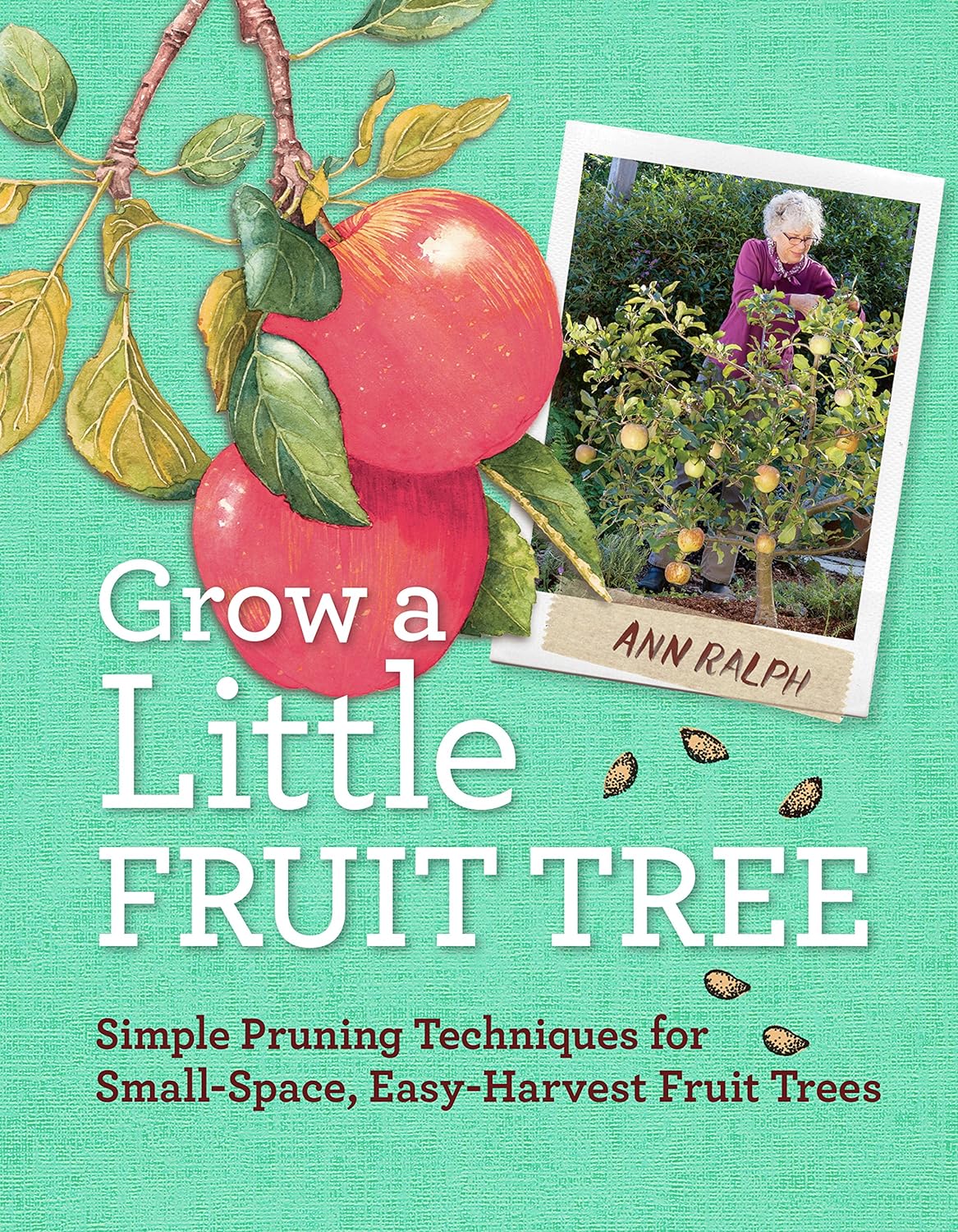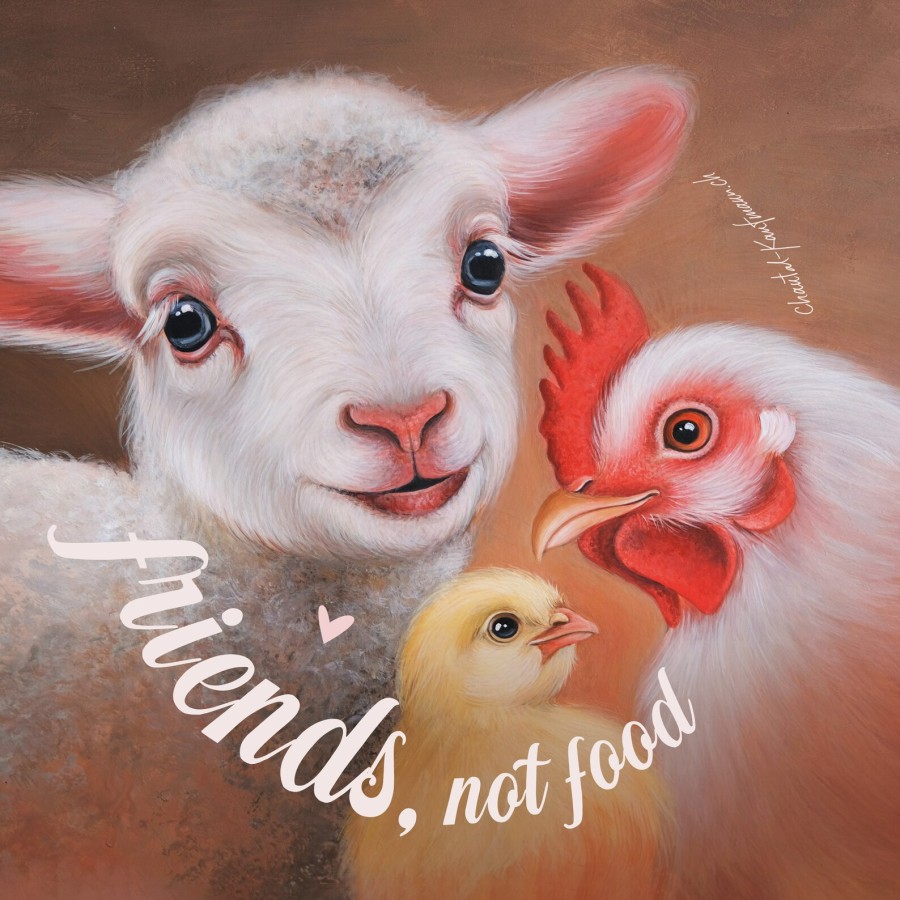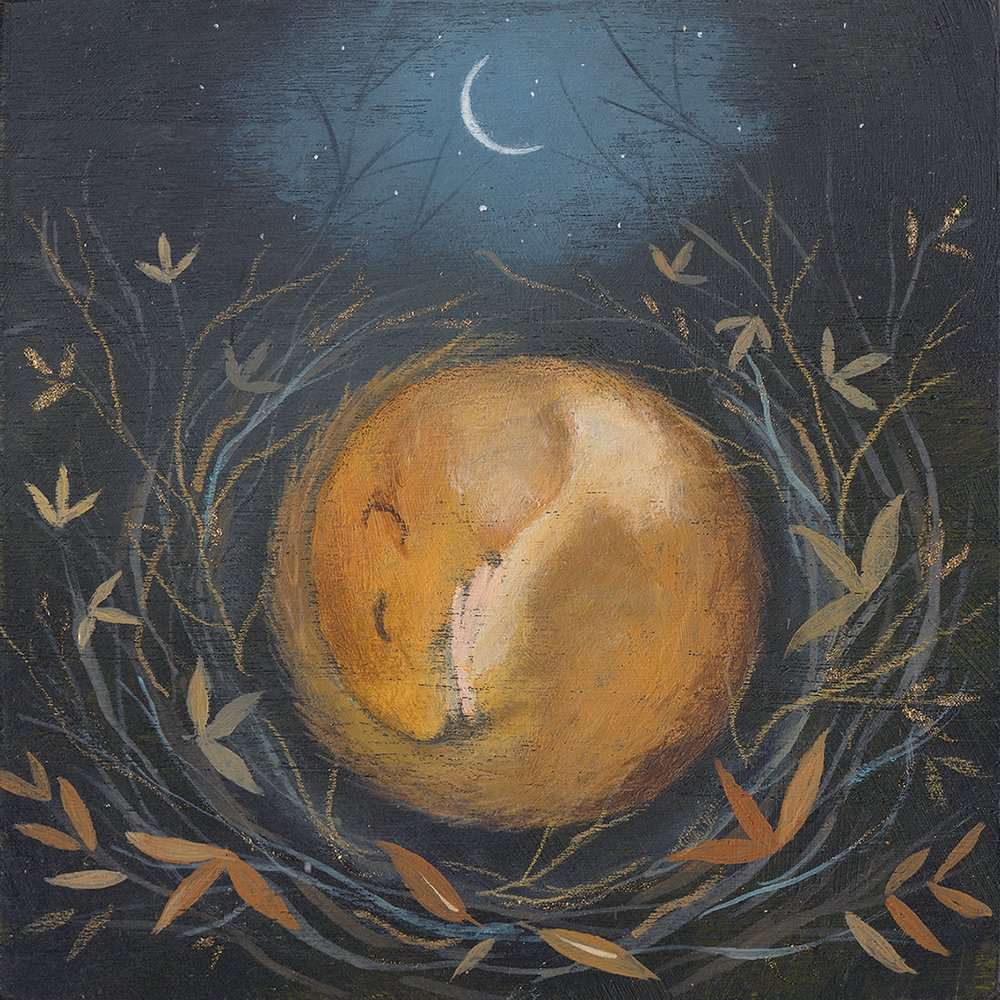
If you live with (or have visiting) pets, it’s important to know that many plants and other items are not safe around companion animals. Blue Cross has good tips on pet-friendly gardens.
learn which plants & trees are unsafe near animals
Campaigners want warnings on seed packets (and in gardening books) to alert people who often are unaware that even a tail brushing past lilies or sago palm, can harm. Learn more on:
- Plants poisonous to dogs
- Plants poisonous to cats
- Plants poisonous to rabbits
- Plants (and trees) poisonous to horses
- Indoor plants to avoid
- toxic Christmas plants (holly, mistletoe, ivy, poinsettias)
For a small fee, Animal Poison Helpline runs a 24-hour helpline for pets that may have come into contact with toxic (anything) to see if it merits a vet visit. Vets use this (plus can join VPIS Global).
learn how to landscape pet-friendly gardens
- Cocoa mulch should be avoided (contains the same toxin as chocolate). But also avoid pine mulch (can puncture) and rubber mulch ( can choke).
- Pet-friendly landscapers suggest using solid paving over gravel (which can trap in paws). Know that if paving too hot for your feet, is also too hot for paws (artificial grass also heats up quicker than real grass).
- Use funnels to change oil & antifreeze in enclosed spaces (ideally let mechanics do it – absorb spills with sand or kitty litter, don’t mop as this will spread the spill). Take all chemicals/pesticides to toxic waste.
- Grow organic grass (lawn chemicals even from neighbouring gardens can cause bladder cancer in pets). After walks in long grass, check paws & ears to avoid embedded grass seeds.
- Always pick up dog poop immediately, due to toxic bacteria that can in rare cases cause blindness, in pets & children.
- Remove/repair broken fence posts and areas that snag. This book to keep your dog safe has info on collar safety and toxic plants.
- Provide shady spaces (even for cats) to avoid heatstroke. Keep fresh water nearby and ensure water butts have safety locks (also avoid open barrels – stagnant water also attracts mosquitoes).
- Ensure garden ponds have sloping sides, and keep swimming pools covered, when not in use.
- After snowy walks, rinse paws with warm water (and use safer alternatives to rock salt).
- Don’t burn citronella candles near pets, as the oil is toxic. To deter wasps, Waspinator is a brown paper bag that looks like a wasp’s nest to territorial wasps, and deters without chemicals.
keeping pets safe near garden wildlife
- Never use slug pellets (they harm pets & wildlife). However, slugs & snails can cause lungworm in pets, so use safe humane methods to deter slugs & snails (including garden organically, which will bring natural predators anyway). Although campaigners recommend fence holes for hedgehogs to roam at night, avoid for areas near escapee terriers etc.
- If you live with cats or dogs, don’t encourage birds or bats to your garden. To help stop birds flying into windows, never face indoor foliage to face outdoors (and turn off lights, or use blinds & task lights).
- Adders (sometimes found in gardens) can bite dogs, if disturbed. Dog-Friendly Cornwall has tips on when to avoid walking (‘safe hours’ were previously before 9am and after 7pm), but rising temperatures means this may need adapting to avoid basking snakes. If you think an adder has bitten your dog, call vet straight away (read more on how to avoid & treat adder bites).






